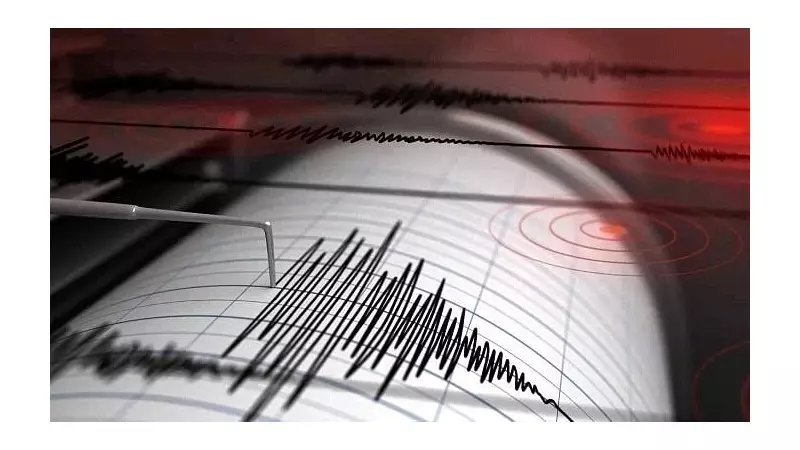
The rugged terrain of Afghanistan's Hindu Kush region experienced significant seismic activity as a 4.9 magnitude earthquake struck the area, according to the European-Mediterranean Seismological Centre (EMSC).
The tremor originated in one of Asia's most seismically active zones, sending vibrations through the mountainous landscape that characterizes this challenging region. The Hindu Kush mountain range, known for its complex geology, frequently experiences such seismic events due to its position at the collision point of tectonic plates.
What We Know About the Quake
The earthquake registered at a moderate intensity level, strong enough to be felt throughout the immediate region but unlikely to cause widespread damage. The specific depth and exact epicenter coordinates were recorded by monitoring stations across the region.
Seismologists note that earthquakes in the Hindu Kush region typically occur at intermediate depths, often between 100-200 kilometers below the surface. This depth can affect how widely the tremors are felt across surrounding areas.
Regional Seismic Patterns
The Hindu Kush represents a notoriously active seismic zone where the Indian and Eurasian tectonic plates continue their relentless collision. This ongoing geological process makes the region particularly vulnerable to regular earthquake activity.
Historical data shows that this area experiences numerous earthquakes annually, with most being minor tremors that go largely unnoticed by the general population. However, the region has witnessed devastating quakes in the past that have caused significant loss of life and property damage.
Immediate Impact Assessment
Initial reports indicate no immediate casualties or major damage from this particular seismic event. The relatively moderate magnitude and the region's sparse population density likely contributed to minimal impact.
Earthquake monitoring agencies continue to track aftershocks, though none of significant magnitude have been reported following the main quake. Local authorities remain vigilant for any secondary effects that might emerge in the coming hours.
The global seismic monitoring network, including stations in neighboring countries, successfully detected and recorded the earthquake, providing valuable data for researchers studying the complex tectonics of Central Asia.





